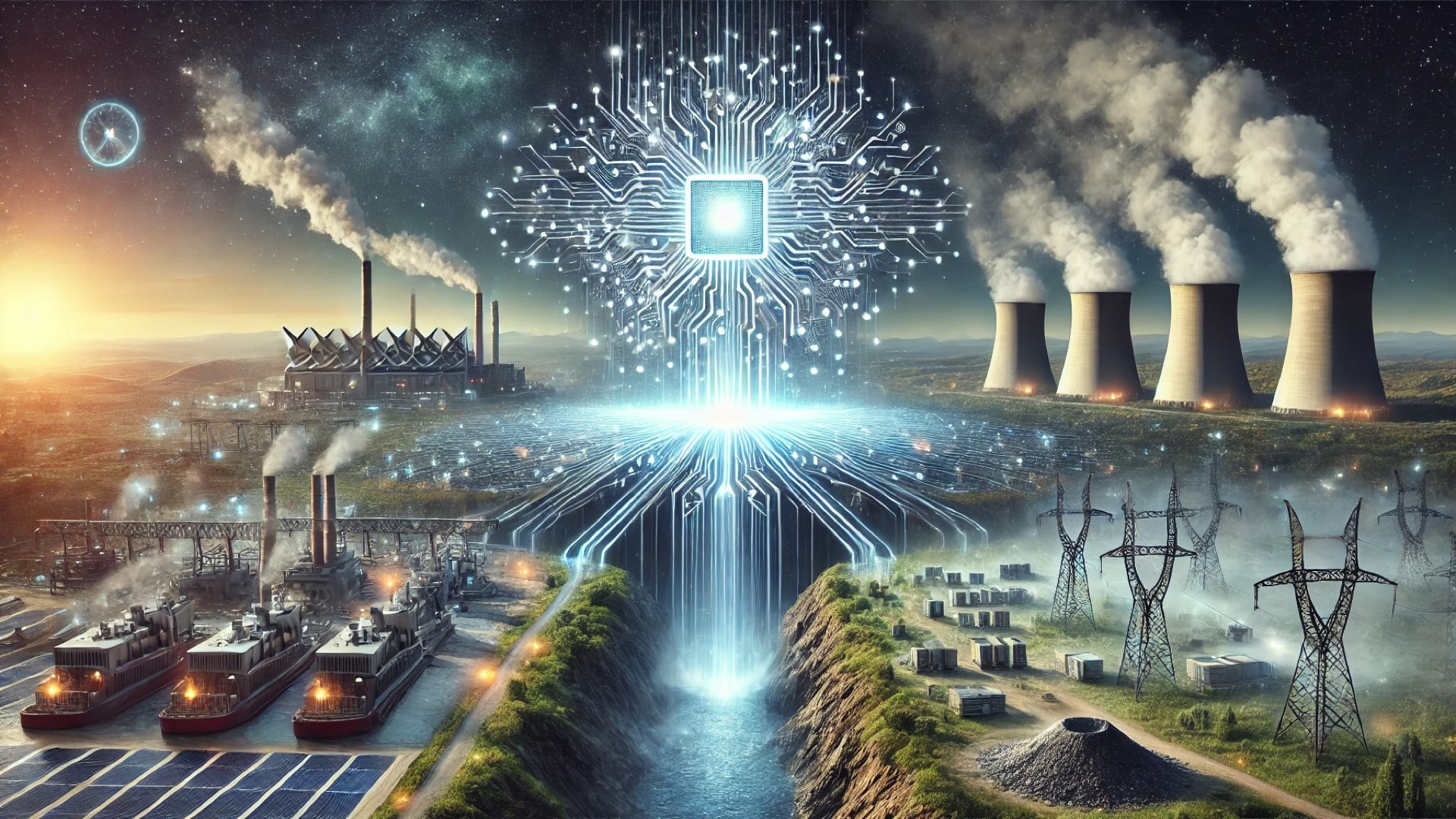
The Dark Side of AI: Energy Consumption and Emissions
Artificial Intelligence (AI) has become synonymous with innovation and promise, yet beneath its sleek exterior lies a staggering environmental impact. An in-depth analysis reveals that training large AI models demands extraordinary amounts of energy. Harvard Business Review research indicates that a single AI model training can consume about 1,000 megawatt-hours of electricity, leading to carbon emissions equivalent to that of hundreds of cars over their lifetimes. As we push for advancements that could combat climate change, we must first confront the heavy fossil fuel reliance powering these technologies.
The Growing Appetite for Water
The environmental toll of AI isn’t limited to energy. Data centers supporting AI operations require copious amounts of water for cooling. This cooling process, primarily done through evaporation, is essential to prevent equipment overloads. A study highlighted by the United Nations Environment Programme anticipates that AI infrastructure could extract 4.2 to 6.6 billion cubic meters of water by 2027, which overshadows the annual water consumption of the entire UK. As water scarcity rises in many regions, the implications of such usage could impact both ecosystems and local communities directly.
Confronting E-Waste: A Growing Challenge
Alongside energy and water consumption, AI's dependency on cutting-edge hardware contributes significantly to electronic waste (e-waste). The relentless pace of AI development necessitates frequent hardware upgrades, leading to discarded GPUs and processors that often end up in landfills. The cycle of high demand for rare earth minerals—and the environmentally damaging extraction processes it entails—propagates further degradation of natural habitats while disregarding long-term sustainability. This calls for immediate intervention on recycling and responsible hardware manufacturing.
Future Implications: Sustainability or Regression?
The future trajectory of AI's impact on the environment remains uncertain. While proponents emphasize AI's potential in driving solutions for global challenges, the increasingly strained grid systems and growing energy demand may negate these benefits. The International Energy Agency warns that the infrastructural requirements of AI could lead to substantial carbon footprint increases, highlighting the need for clear policies to guide tech evolution towards sustainability.
Steps Toward a Greener Future
To alleviate the environmental challenges posed by AI, experts advocate for comprehensive regulations focused on sustainability. These include requiring environmental impact audits for tech companies, optimizing algorithms for energy efficiency, and promoting renewable energy usage within data centers. Additionally, fostering a culture of sustainability within tech infrastructures and determining shared responsibilities amongst tech companies and governments can pave the way for sustainable AI development.
As our technological landscape continues to evolve, we must ensure that our advancements in AI do not hinder our ability to combat pressing environmental challenges. By demanding transparency and a commitment to eco-friendly practices, we can harness AI’s potential without compromising our planet's health.
 Add Row
Add Row  Add
Add 




Write A Comment